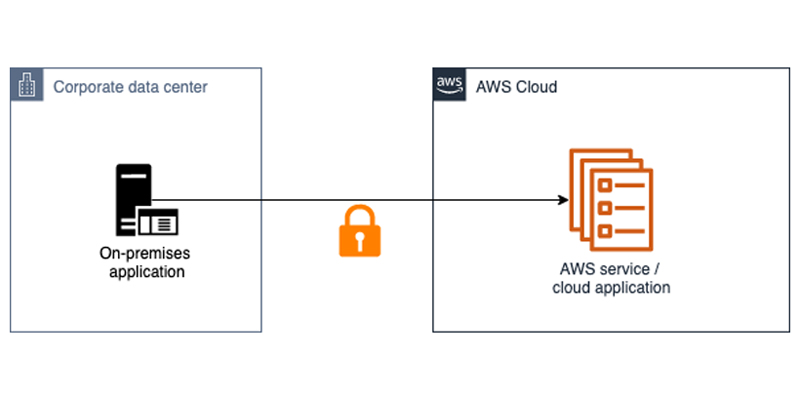AWS Security Blog
Category: Learning Levels
Audit companion for the AWS PCI DSS Quick Start
If you’ve supported a Payment Card Industry Data Security Standard (PCI DSS) assessment as a Qualified Security Assessor (QSA) or as a technical team facing an assessment, it’s likely that you spent a lot of time collecting and analyzing evidence against PCI DSS requirements. In this blog post, I show you how to use automation […]
AWS Verified, episode 4: How Lockheed Martin embeds security
Last year Amazon Web Services (AWS) launched a new video series, AWS Verified, where we talk to global cybersecurity leaders about important issues, such as how the pandemic is impacting cloud security, how to create a culture of security, and emerging security trends. Today I’m happy to share the latest episode of AWS Verified, an […]
7 ways to improve security of your machine learning workflows
In this post, you will learn how to use familiar security controls to build more secure machine learning (ML) workflows. The ideal audience for this post includes data scientists who want to learn basic ways to improve security of their ML workflows, as well as security engineers who want to address threats specific to an […]
How to automate SCAP testing with AWS Systems Manager and Security Hub
US federal government agencies use the National Institute of Standards and Technology (NIST) framework to provide security and compliance guidance for their IT systems. The US Department of Defense (DoD) also requires its IT systems to follow the Security Technical Implementation Guides (STIGs) produced by the Defense Information Systems Agency (DISA). To aid in managing […]
How to implement the principle of least privilege with CloudFormation StackSets
March 24, 2021: We’ve corrected errors in the policy statements in steps 2 and 3 of the section “To create the IAM policy document.” AWS CloudFormation is a service that lets you create a collection of related Amazon Web Services and third-party resources and provision them in an orderly and predictable fashion. A typical access […]
Approaches for authenticating external applications in a machine-to-machine scenario
August 10, 2022: This blog post has been updated to reflect the new name of AWS Single Sign-On (SSO) – AWS IAM Identity Center. Read more about the name change here. Amazon Web Services (AWS) supports multiple authentication mechanisms (AWS Signature v4, OpenID Connect, SAML 2.0, and more), essential in providing secure access to AWS […]
How to scale your authorization needs by using attribute-based access control with S3
August 31, 2021: AWS KMS is replacing the term customer master key (CMK) with AWS KMS key and KMS key. The concept has not changed. To prevent breaking changes, AWS KMS is keeping some variations of this term. More info. May 26, 2021: In the section “Secure your tags using an AWS Organizations service control […]
Highlights from the latest AWS Identity launches
August 10, 2022: This blog post has been updated to reflect the new name of AWS Single Sign-On (SSO) – AWS IAM Identity Center. Read more about the name change here. Here is the latest from AWS Identity from November 2020 through February 2021. The features highlighted in this blog post can help you manage […]
AWS achieves its first ISMAP certification in Japan
Earning and maintaining customer trust is an ongoing commitment at Amazon Web Services (AWS). Our customers’ industry security requirements drive the scope and portfolio of the compliance reports, attestations, and certifications we pursue. We’re excited to announce that AWS has achieved certification under the Information System Security Management and Assessment Program (ISMAP) program, effective from March […]
How to auto-remediate internet accessible ports with AWS Config and AWS Systems Manager
With the AWS Config service, you can assess, audit, and evaluate the configuration of your Amazon Web Services (AWS) resources. AWS Config continuously monitors and records your AWS resource configurations changes, and enables you to automate the evaluation of those recordings against desired configurations. Not only can AWS Config monitor and detect deviations from desired […]









